Evolving to stay the same Shikinen Sengu, Ise Jingu’s Largest Ritual
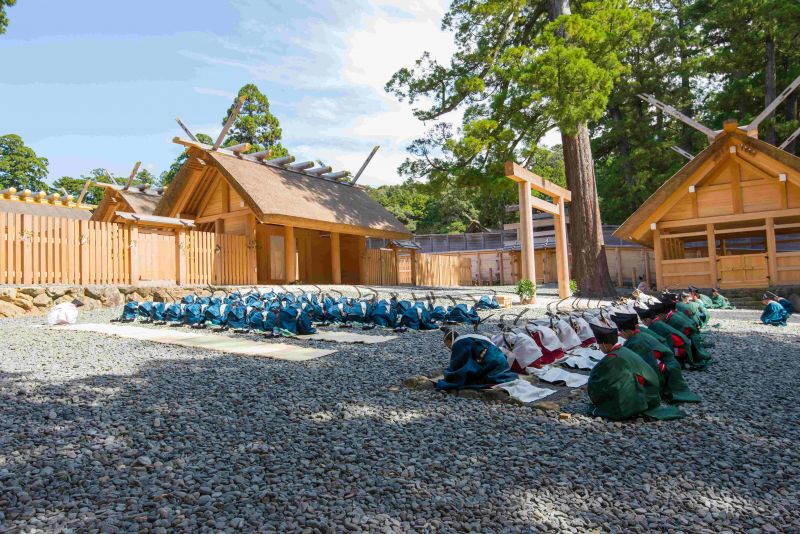
For many people, when it comes to Mie Prefecture, Ise Jingu would come to mind. As such, a wide variety of more than 1,500 rituals and ceremonies are held on this sacred ground every year. Yet among these, the biggest one of all is “Shikinen Sengu.” I’ve always been fascinated by this mysterious ritual. However, the series of rituals and ceremonies are closed to the general public. Hints of the spiritual aura are only felt if you catch a glimpse of the Shinto priests walking along the shrine path on the way to their ceremonies.
Recently, however, I heard about a place where some of the mysteries around the Shikinen Sengu are revealed, so I headed to Ise. That place is the Sengukan Museum adjacent to Geku. Come with me as I uncover some of the mysteries in the spiritual heart of Japan.
One-day Trip in Ise: Ise Jingu
The Spiritual Majesty of Ise Jingu: It’s the soul of Japan.
What is Shikinen Sengu?
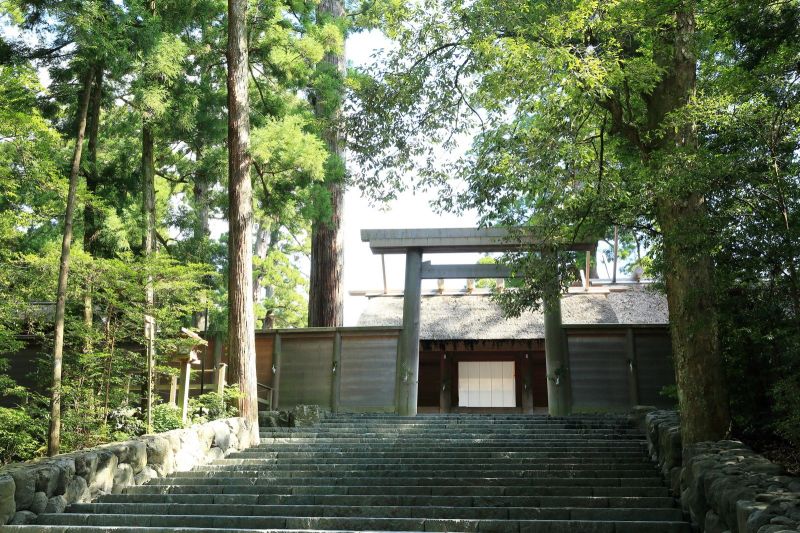
What exactly happens?
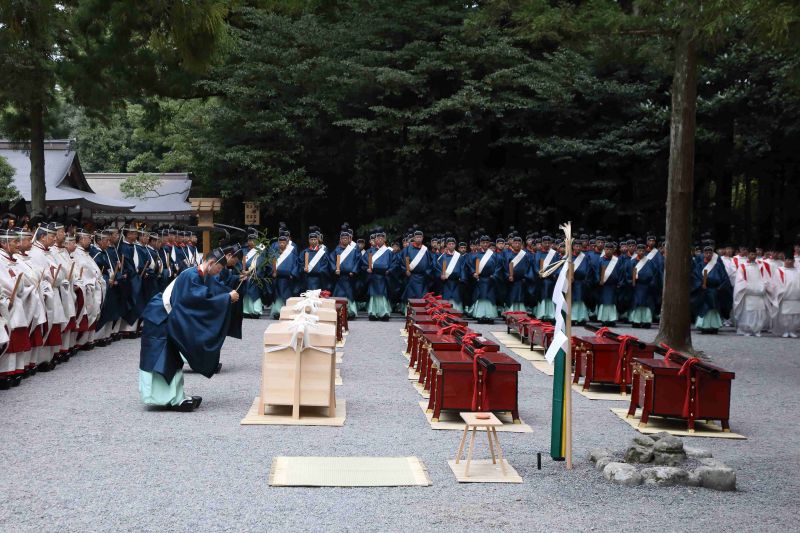
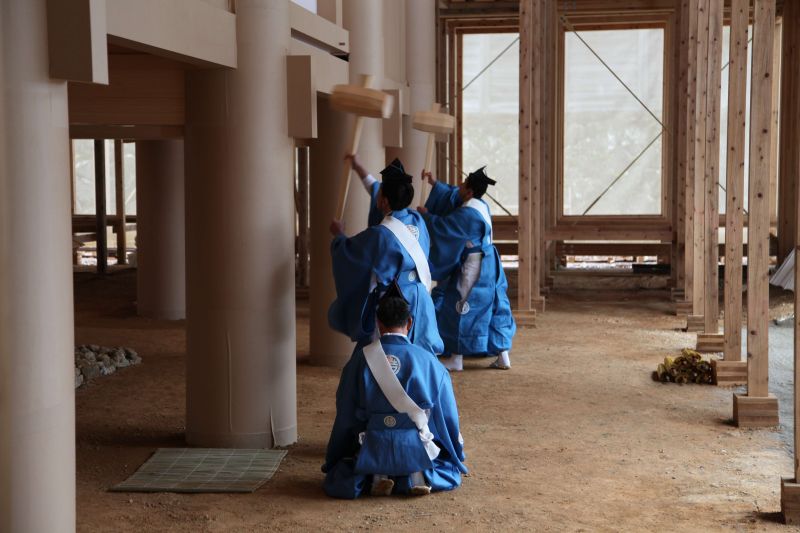
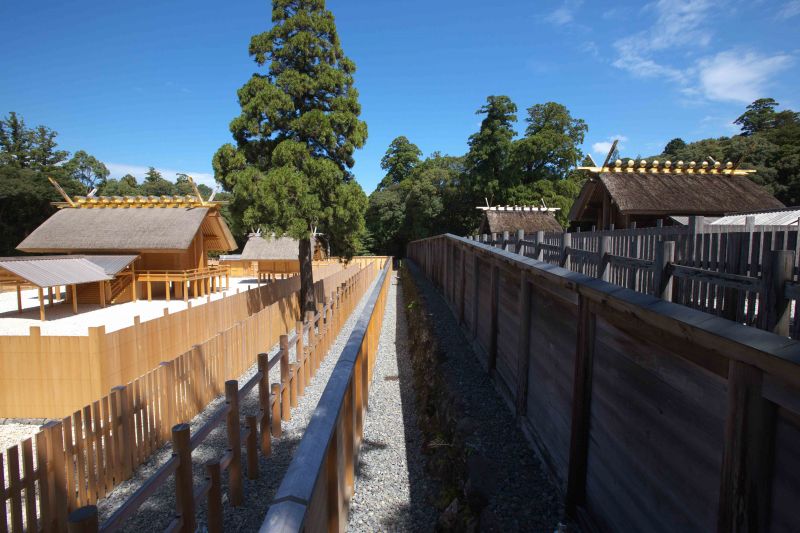
Highlights of the Sengukan Museum
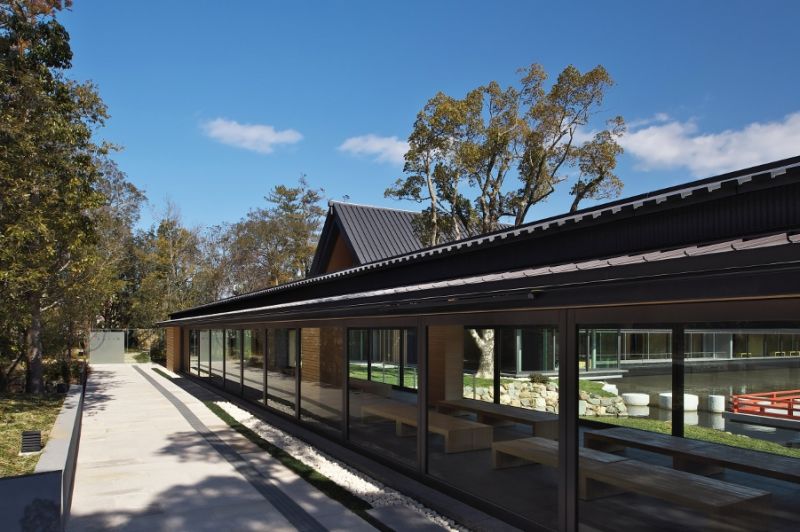
▼Check out these articles for more on Mie craftsmanship.
The Kimono’s Secret: Ise Katagami
Mie's Ever-evolving Tradition: Suzuka-zumi Ink
Meet the master swordsmith who keeps alive the tradition of Japanese swords in Kumano
Mie traditions: Young artisans keep the flame burning
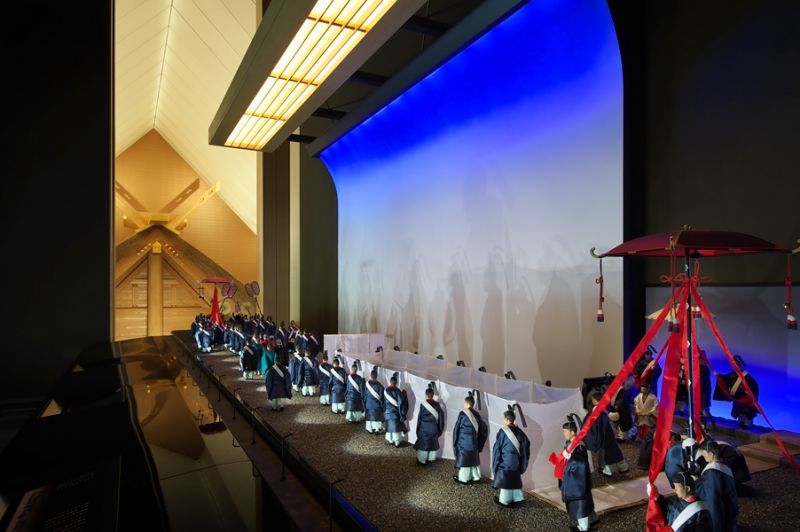
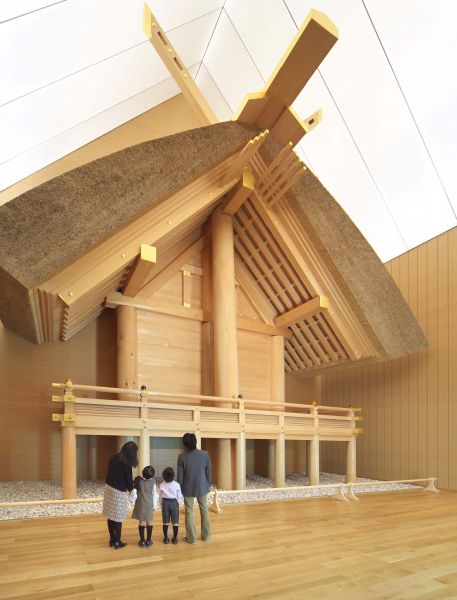
Such delicate architecture is not designed to last forever. When I thought about its reconstruction every two decades, I felt that I could understood more deeply one of the significances of Shikinen Sengu – to preserve the same beautiful state that the structure once had long ago when it was new.
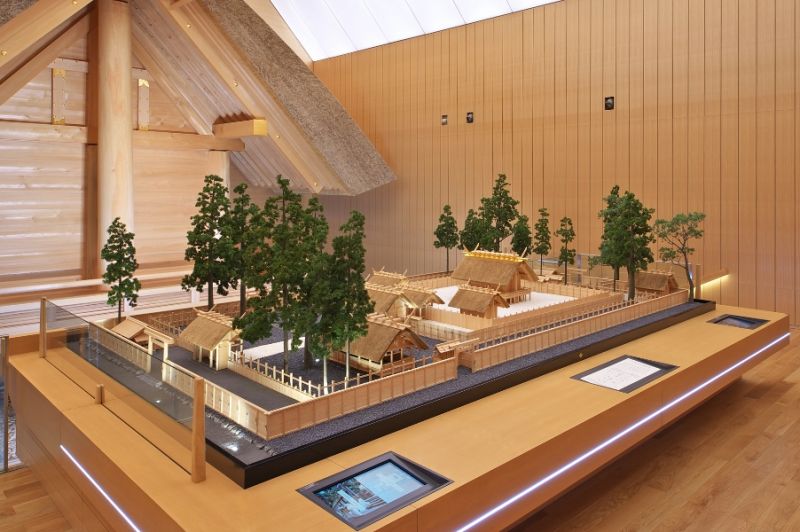
Where do they get the wood to build something like this? In the same exhibition room, I found my answer.
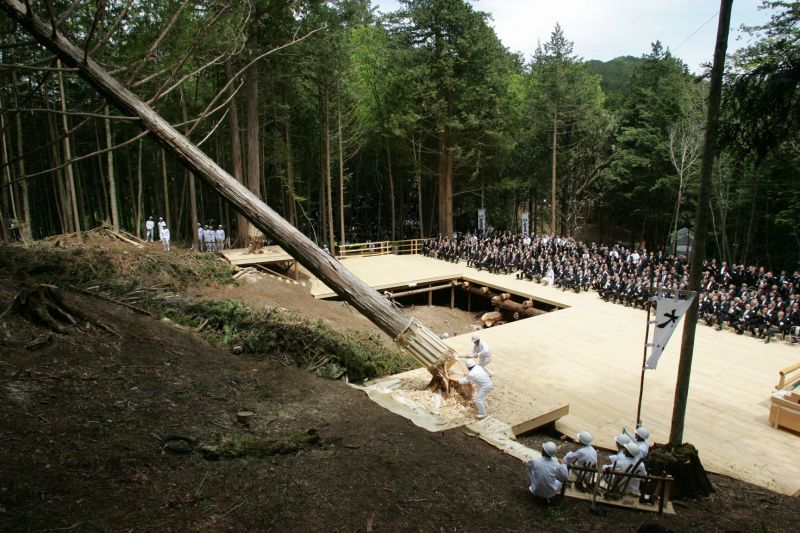
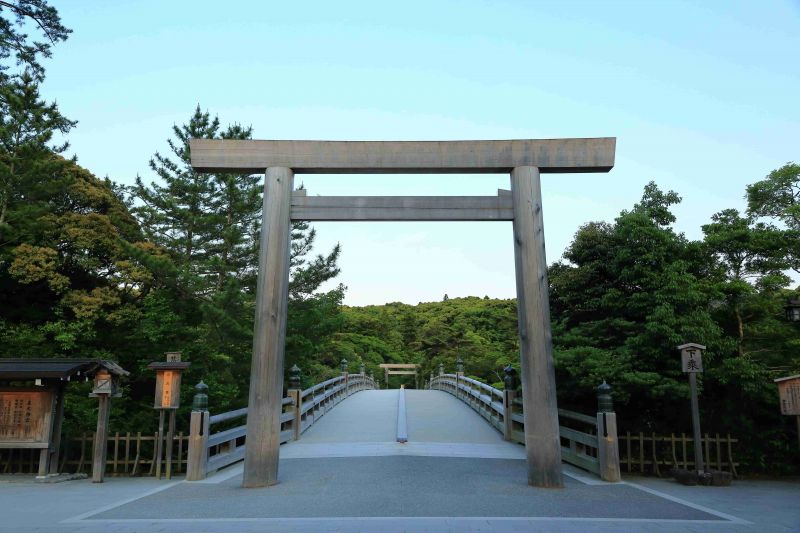
The practice of using times of change to pass on unchanging beliefs and knowhow seems distinctly Japanese, a unique system of sustainability. I became even more interested as I realized how so many aspects of this 1,300-year-old tradition reflected modern concerns like ecology and sustainability. Looking back on this past makes me look forward to the Shikinen Sengu which begins in 2025.